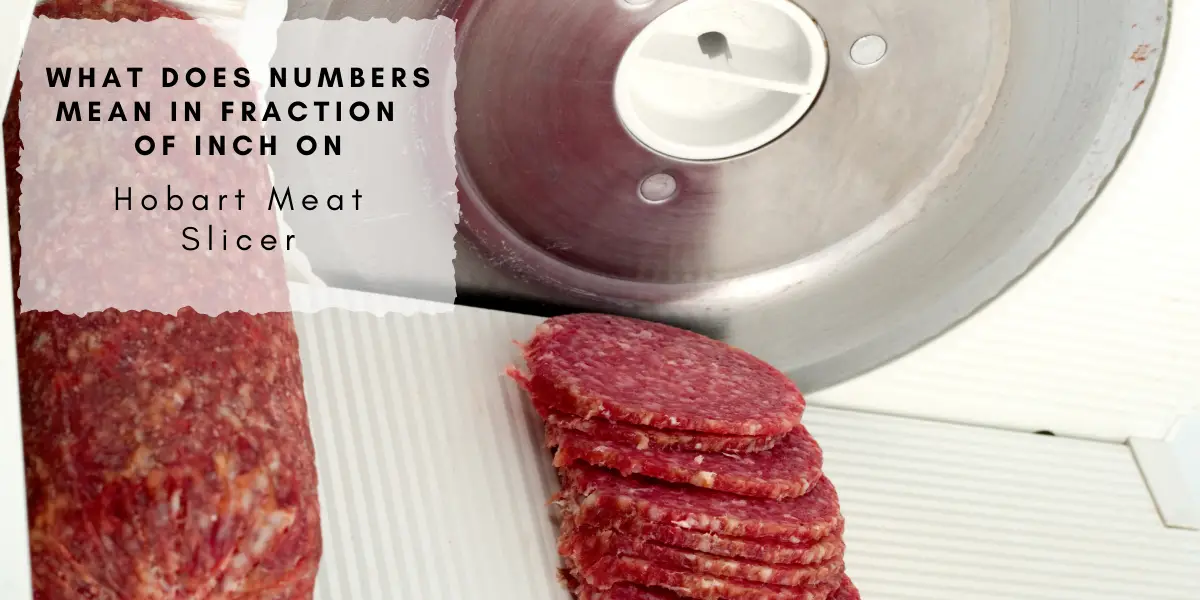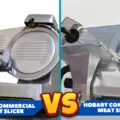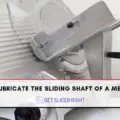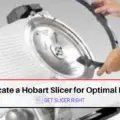Repairing a Meat Slicer Hobart requires knowledge of both manual and automatic transmission. Manual transmissions are generally easier to repair than automatic ones but require more detailed work. Automatic transmissions require specialized tools and parts that may be harder to find.
When repairing a manual transmission, it is important to ensure the gears are replaced correctly, and the fluid is refilled with the correct type. Additionally, it is important to check for worn or damaged parts that need replacing. Adjusting the tension on the drive belts and verifying that all connections are properly secured is also necessary.
Why Is The Repairing Of Hobart Meat Slicer Important?
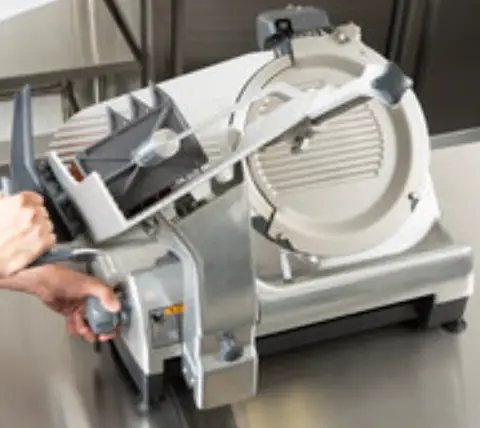
Hobart meat slicers are reliable and sturdy, but like any machine, they will require regular maintenance to keep them running smoothly. Keeping your Hobart meat slicer in good working condition is essential for ensuring that your food preparation remains safe and efficient. Regular maintenance ensures that the blades remain sharp, the motor works well, and the transmission functions properly.
Repairing your Hobart meat slicer when it breaks down or fails to operate correctly not only keeps your food preparation safe but also saves you money in the long run by preventing more costly repairs down the line
How To Repair Manual And Automatic Transmission?
Hobart Slicer Isn’t Starting?
- Check the power source: Ensure the slicer is plugged in and the outlet has power. If it’s connected to a switch, make sure it’s on.
- Inspect wiring: Visually inspect all wiring for any damage or fraying, paying special attention to the connection between the motor and the power source.
- Check breakers: Make sure the slicer isn’t tripping any breakers in your home’s main fuse box or the unit itself.
- Check motor: If all the wiring looks good, it’s a sign that something may be wrong with the motor. Check the motor for any signs of damage or wear, and check the belts to ensure they’re in good condition. You may need to replace the motor or belt(s) if necessary.
- Inspect transmission: Visual inspection of both manual and automatic transmissions is recommended before going further with repairs. Make sure all components are in good condition, and check for any signs of damage or wear.
- Test transmission: If the visual inspection looks good, it’s time to test the transmission. This can be done with a transmission tester. If the transmission passes all tests, you can rule out any major problems with the transmission itself.
- Replace parts: If a transmission component is found to be faulty, it must be replaced to repair the slicer. Ensure to use genuine replacement parts and follow all manufacturer instructions when replacing any part of the transmission.
- Reassemble: After all, repairs have been made, it’s time to reassemble the slicer. Ensure all parts are secure and properly installed before testing the slicer again.
- Test: Once everything is back together, turn on the slicer and see if it works correctly.
Hobart Meat Slicer Stops Running
- Check the power cord for any signs of damage or wear and tear. Replace it if necessary.
- Check the main switch’s position – it should be in the “on” position.
- Ensure all safety guards, including those on the motor, blade, and body, are securely in place.
- Check the blade for any signs of damage, rust, or wear and tear. Clean the blade and lubricate it if necessary.
- Make sure that all screws are securely tightened on all parts of the slicer, including its motor, blades, and body components.
- If you have an automatic transmission, check the gearbox for any signs of damage or wear and tear. Repair it if necessary.
- If your slicer uses a belt drive system, the drive belts for any signs of damage or wear and tear. Replace them as needed.
Automatic Operation Stops
- Automatic: Where an automatic operation stops, it may be due to a faulted transmission. Check all wiring connections and ensure that none of them are loose. If the wiring is correct, the problem is likely with the transmission itself. In this case, taking your meat slicer to a repair shop for professional service is best.
- Manual: In cases where a manual operation stops, it could be due to the transmission slipping. This usually occurs when too much pressure is on the slicer’s blades. Inspect for any damage or dirt build-up on the blades and clean them accordingly. If this does not resolve the issue, you may need to replace the transmission. If a replacement is required, always refer to the manufacturer’s instructions for properly installing the new part.
Slicing Difficulties
When using a Hobart Meat Slicer, there may be times when the slicer is not slicing properly. There are many possible causes for this issue, and they must be identified to repair the slicer. Here we will discuss how to identify issues with manual and automatic transmission problems on your Hobart Meat Slicers.
Manual Transmission Problems
If your slicer has difficulty with manual transmissions, the most likely cause is a worn-out drive belt. This can be identified by inspecting the belt for cracks or wear and tear. If you find evidence of damage, it should be replaced before attempting to use the slicer again. Additionally, inspect the gearbox and other related mechanisms for signs of wear. If any parts are worn or damaged, they should be replaced before continuing to use the slicer.
Automatic Transmission Problems
If your slicer has difficulty with automatic transmissions, it is likely an issue with the motor or drive system. The first step in diagnosing these issues is to check the drive belt for wear or damage. If any problems are found, the belt should be replaced. Additionally, inspect the motor and related mechanisms for signs of wear. If any parts are worn or damaged, they must be replaced before continuing to use the slicer.
Slicing Poorly
- Blade Not Sharp: A dull blade can cause uneven slices and misshapen cuts. Ensure the blade is sharp enough to cut through meats effortlessly. If the blade appears worn down, you can replace it with a new one.
- Incorrectly Adjusted Slicing Plate: If the slicing plate is not adjusted properly, it will cause uneven slices and incorrect thicknesses. Ensure the slicing plate has been set to the desired thickness to ensure accurate cuts.
- Not Enough Pressure On The Meat: Applying enough pressure while pushing down on the meat is key for getting consistent, even cuts. Ensure the pressure is evenly distributed and the meat does not slip away from the blade while slicing.
- Dirty Blade: A dirty, greasy blade can cause poor slicing performance as it limits how close to the blade you can get for precise cuts.
Meat Slicer Is Making Noise
- If your meat slicer is making excessive noise, it could be a sign that the drive motor needs to be replaced. Check for any signs of wear or damage on the motor and replace it if necessary.
- It is also possible that the problem could be due to a worn or broken belt. Inspect the belt for any signs of wear or damage and replace it if necessary.
- If your meat slicer is making a rattling noise, it could be due to worn gear in the transmission. Check for any signs of cracks or wear on the gears and replace them if needed.
- You may also need to check the level of lubrication in the transmission. Low lubrication levels can cause excessive noise and wear on components over time. Make sure you keep your transmission properly lubricated to prevent unnecessary wear.
- If your meat slicer is making a grinding or squealing noise, it could be due to a worn-out clutch assembly. Check for any signs of wear or damage and replace the clutch assembly if needed.
- Check for any loose screws or components and make sure all connections are secure. Loose parts can cause excessive noise and vibrations, which could further damage your meat slicer.
FAQs
Can I repair my transmission system myself?
While it is possible to repair your transmission system yourself, it is best to have a qualified technician do the job. Transmission systems are complex and contain many components that require special expertise to diagnose and repair properly. If you attempt to work on the transmission system, you risk causing further damage or voiding applicable warranties on parts or labor.
What are the tools required for transmission repair?
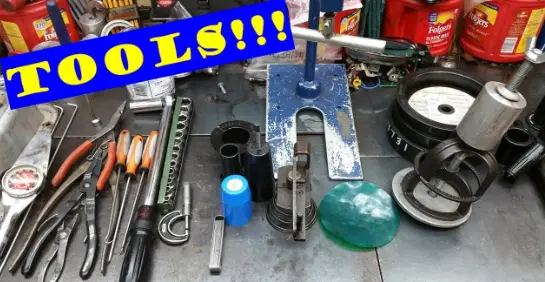
You will need several special tools to repair a Meat Slicer Hobart transmission properly. These include a transmission jack for hoisting the transmission out of its location; an automotive stethoscope or another diagnostic device for listening to the transmission’s internal components; a set of open-end wrenches and socket wrenches to reach any fasteners that may need to be replaced; and a sealant or gasket maker for sealing up leaks.
How much does it cost to repair a transmission system?
The cost of repairing a transmission system can vary depending on your vehicle’s type, make, and model. Generally speaking, you should expect to pay anywhere from $1,500 to $2,500 for manual repairs, while automatic transmissions are more expensive, around $3,000 or more. In addition to parts and labor, you may also need to pay for a transmission system flush and filter change. The costs could be much higher if the repairs are more complex, such as rebuilding or replacing the entire transmission system.
How long does it take to repair a transmission system?
The time it takes to repair a transmission system will vary depending on the transmission type and the extent of damage. For a manual transmission, typically, repairs can be done within 2-4 hours, while an automatic transmission can take up to 8-10 hours or more. If a major component, such as the torque converter, needs to be replaced, the repair time can be even longer.
Conclusion
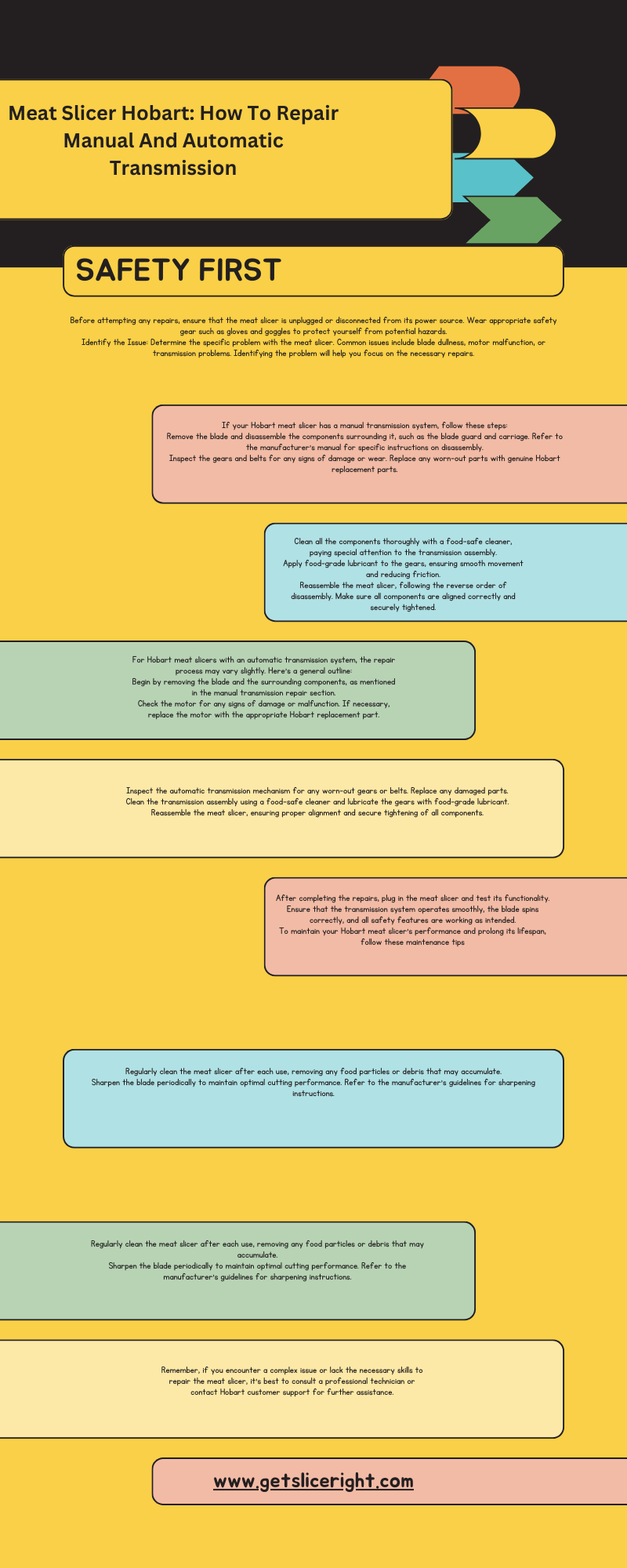
Repairing a Meat Slicer Hobart transmission can be intimidating for those not experienced with automotive repair. However, it is possible to complete the job successfully with the right tools and knowledge. Manual transmissions generally require more effort to repair than automatic transmissions due to their complexity. However, either type can be repaired within a reasonable time and cost. You can successfully repair your Meat Slicer Hobart transmission with the right knowledge, tools, and guidance.

Mario Batali is a renowned author, food enthusiast, and passionate chef who has dedicated his life to exploring the world of culinary arts. With a love for sharing his knowledge and experiences, Mario has become a prominent figure in the food blogging community, inspiring countless readers with his creativity and expertise.
In addition to his culinary prowess, Mario Batali is also a talented writer with a flair for engaging storytelling. He launched his own food blog to share his recipes, cooking tips, and personal experiences in the kitchen. Over time, Mario’s blog gained a loyal following of food enthusiasts who appreciate his unique approach to cooking and his dedication to using only the finest ingredients.
Mario Batali’s passion for food and his commitment to sharing his knowledge with others have made him a true inspiration in the world of culinary arts. Through his blog, cookbooks, and public appearances, Mario continues to spread his love of food and the joy of cooking with his ever-growing fanbase.

